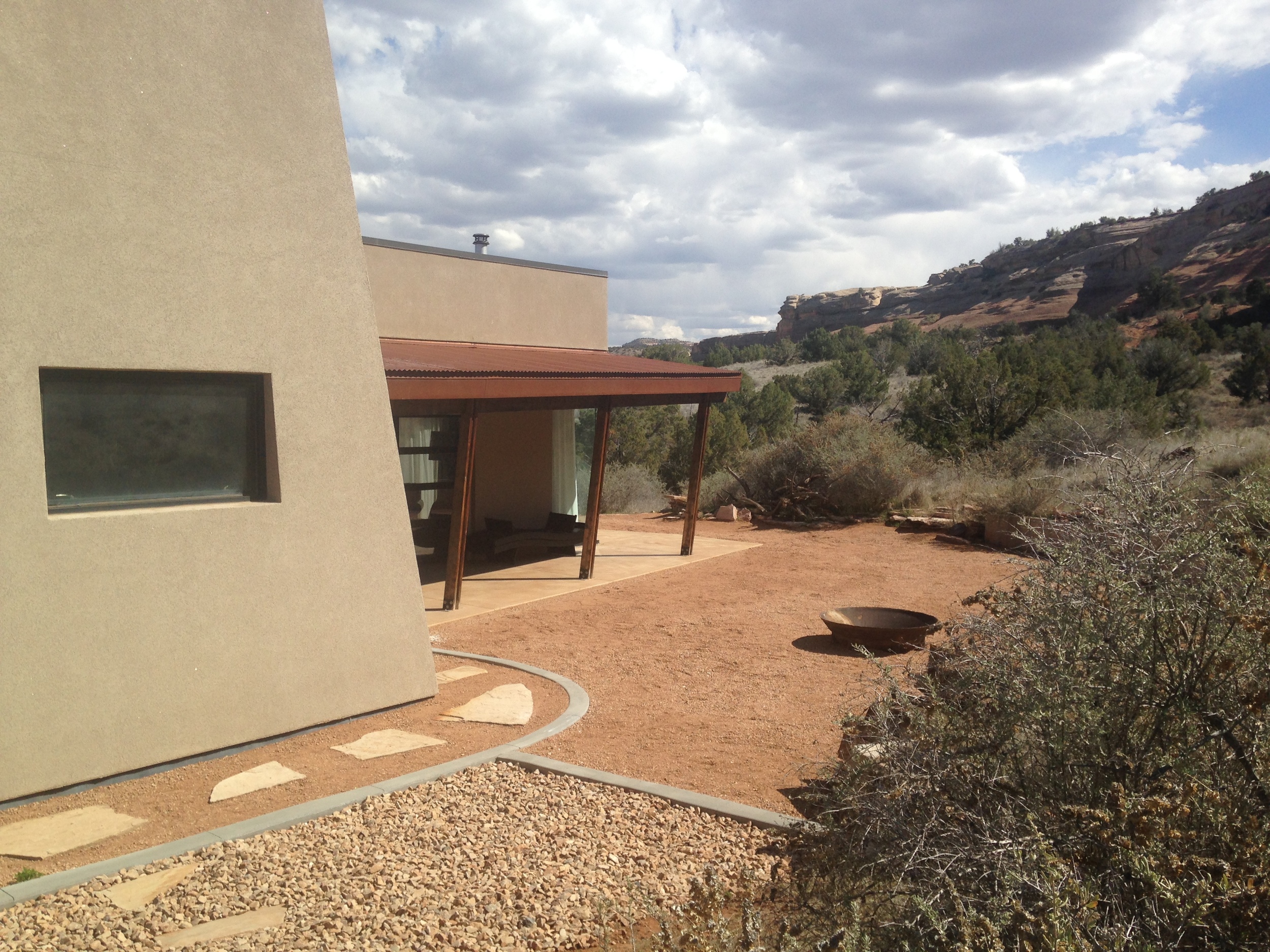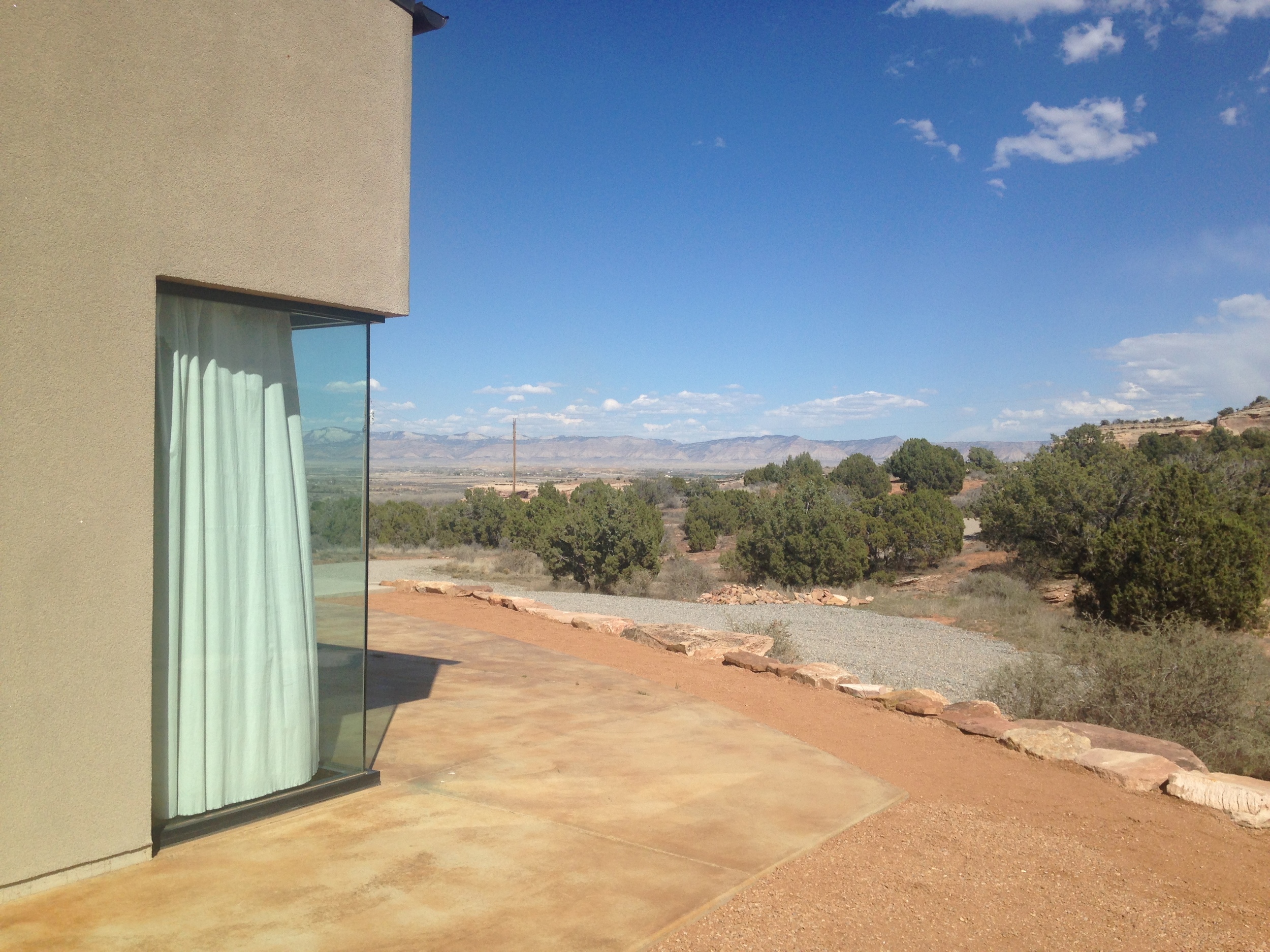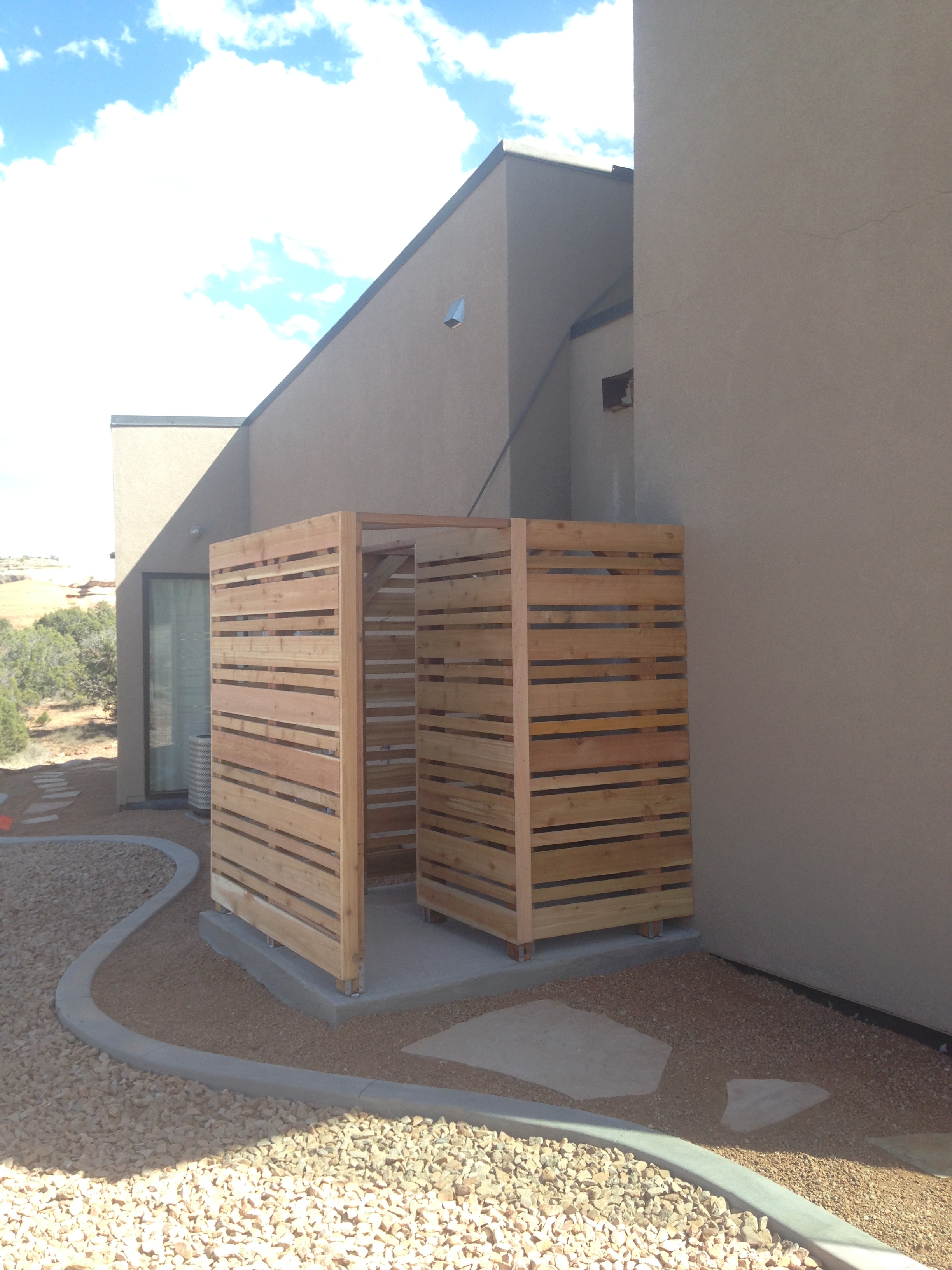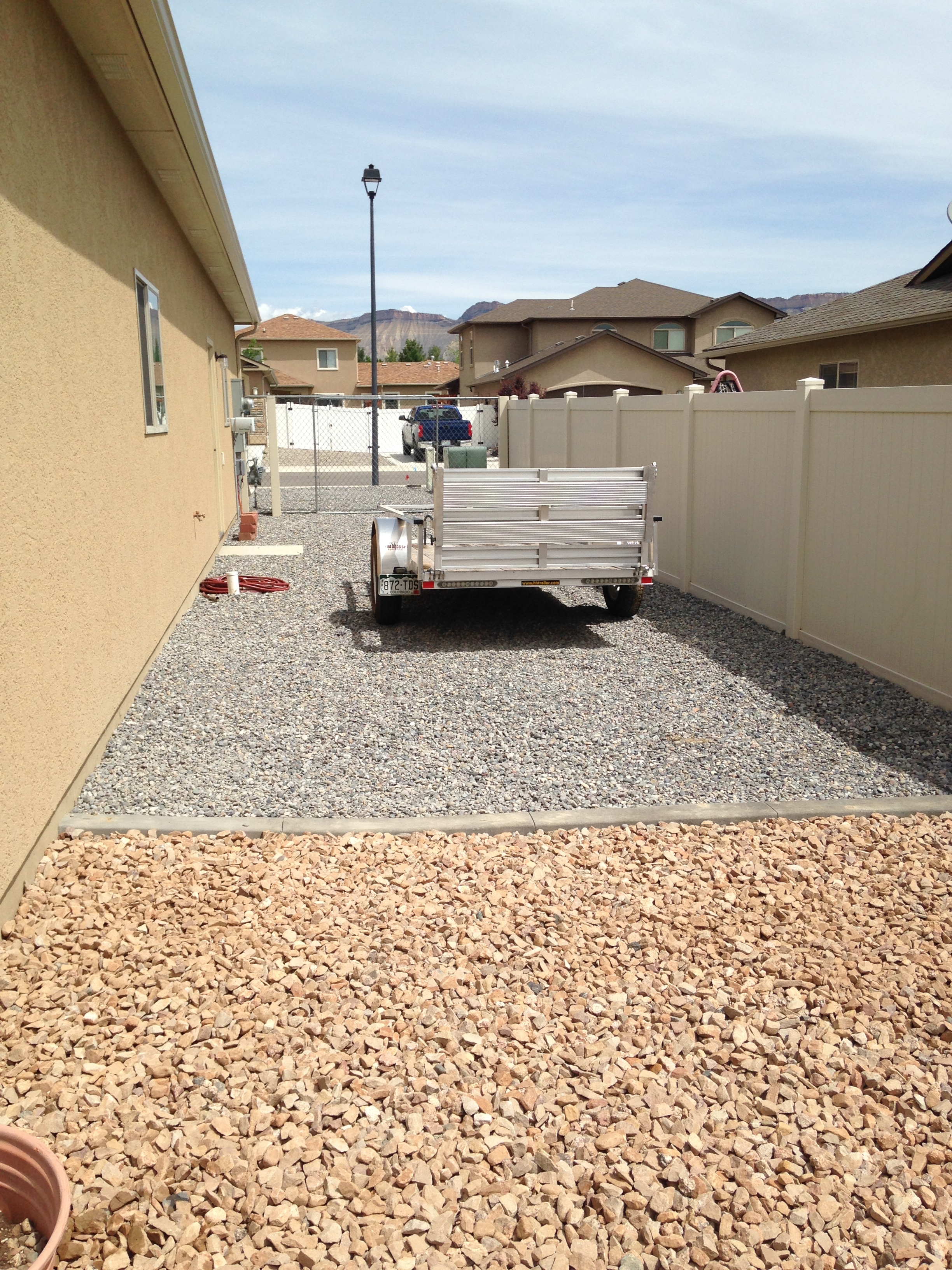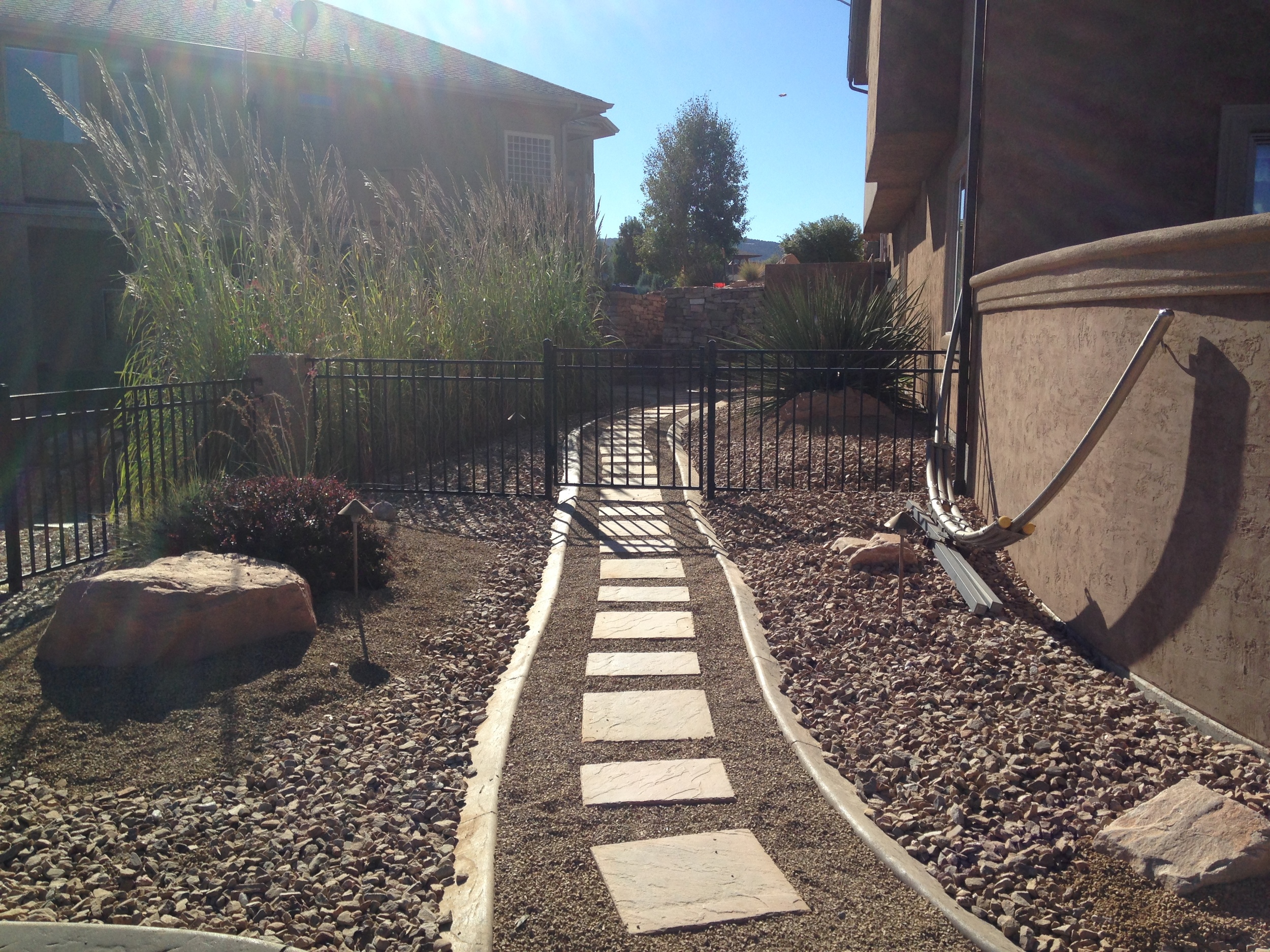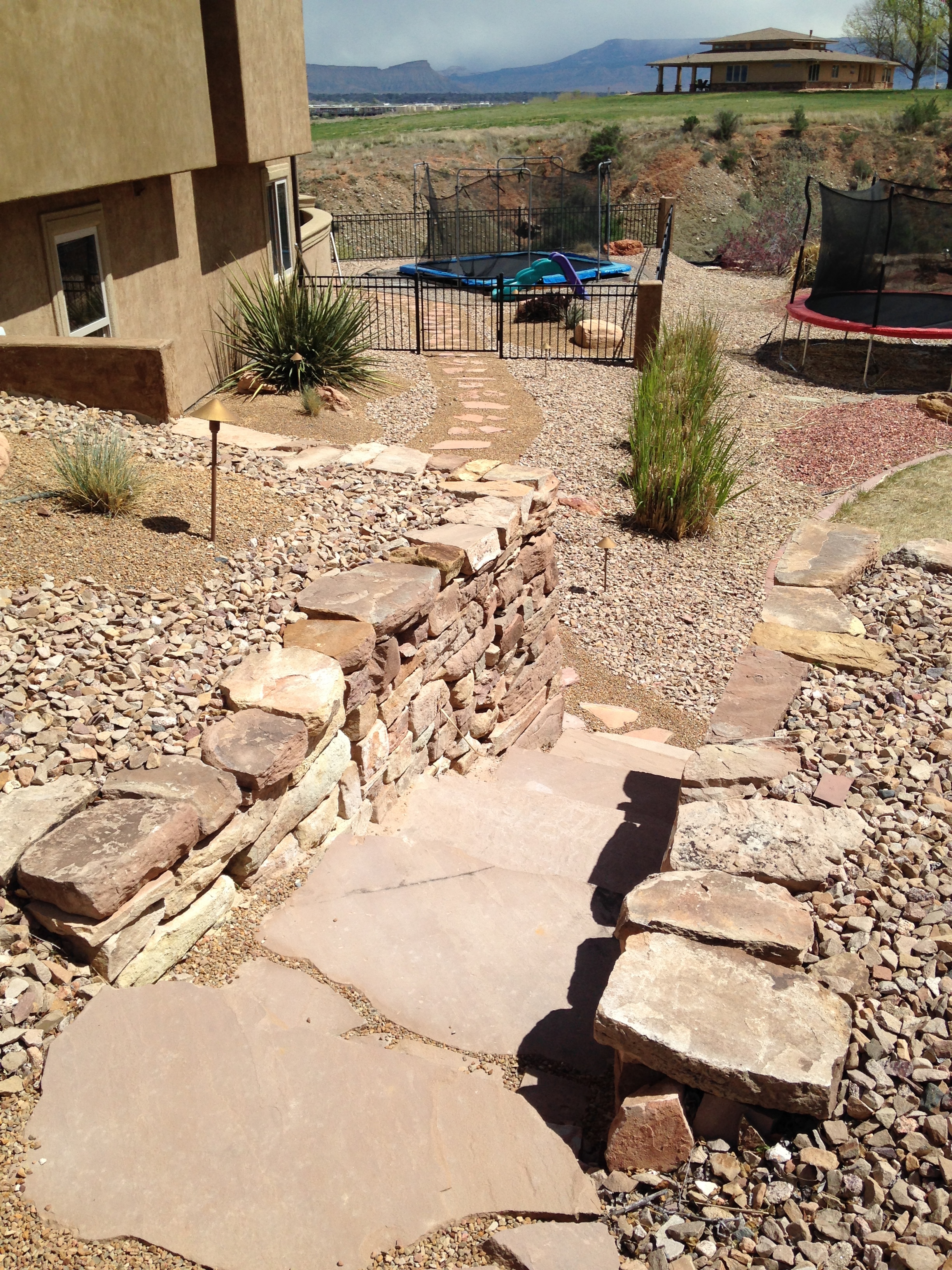Sounds like: zeh·ri·skayp
This method of landscaping was originally developed for drought-afflicted areas. Our Grand Valley is a great place to incorporate this design type and Xeriscape continues to have an ever broadening appeal. With water now considered an expensive and limited resource all construction and landscaping projects, residential or commercial, can benefit and thrive from this method of landscape planning and development. While some consider rock and gravel Xeriscape, the truth is, they do not have a single look. The folks at Eartheasy have identified some key benefits that you can expect by applying xeric landscaping principles to your outdoor environment.
Xeriscape Benefits
Saves Water. For most of North America, over 50% of residential water used is applied to landscape and lawns. Xeriscape can reduce landscape water use by 50 – 75%.
Less maintenance. Aside from occasional pruning and weeding, maintenance is minimal. Watering requirements are low, and can be met with simple irrigation systems.
No fertilizers or pesticides. Using plants native to your area will eliminate the need for chemical supplements. Sufficient nutrients are provided by healthy organic soil.
Improves property value. A good Xeriscape can raise property values which more than offset the cost of installation. Protect your landscaping investment by drought-proofing it.
Pollution free. Fossil fuel consumption from gas mowers is minimized or eliminated with minimal turf areas. Small turf areas can be maintained with a reel mower.
Provides wildlife habitat. Use of native plants, shrubs, and trees offer a familiar and varied habitat for local wildlife.

